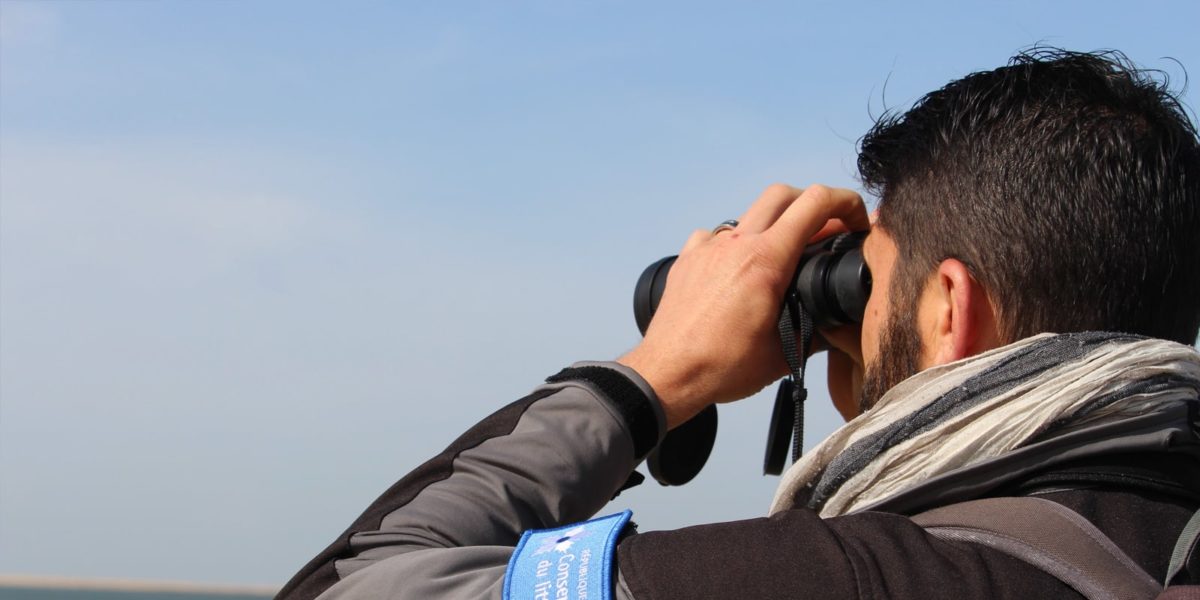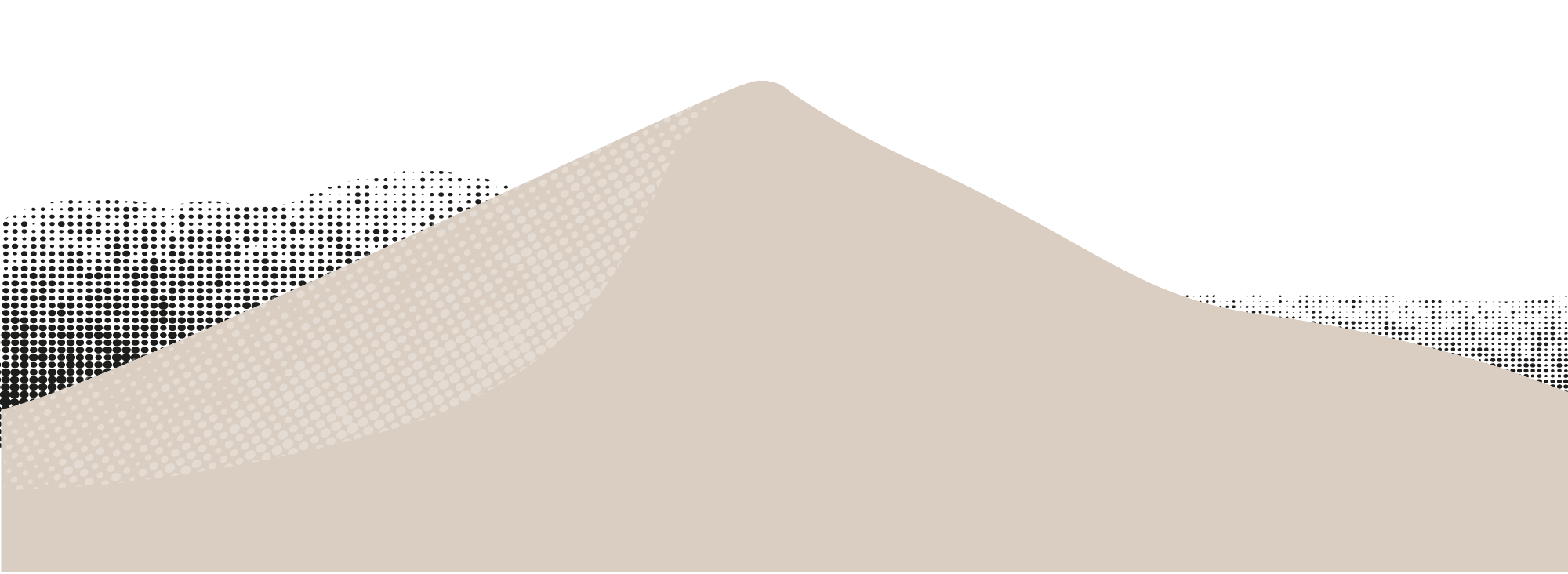“Preserve and welcome ”
Since 2007, local authorities have joined forces to form a public establishment, the Syndicat Mixte de la Grande Dune du Pilat. The latter is made up of the Nouvelle-Aquitaine Region, the Department of Gironde and the Municipality of La Teste de Buch.
His role ? The public management of the land of the Grand Site entrusted by the Conservatoire du littoral. Alongside its partners, the Syndicat Mixte works on a daily basis to preserve these fragile environments, ensure their development and their visit under the best possible conditions.
Public action is guided by the national policy of the Great Sites of France, initiated by the State, addressing, like the Dune of Pilat, to exceptional landscapes of our heritage.
The Baie de Somme, the Montagne Sainte-Victoire, the Marais Poitevin or the Dune… all have a beauty that makes them attractive and therefore very popular! How to strike a balance between protecting remarkable landscapes, welcoming a large number of visitors and local development?
These issues have been at the heart of public action carried out in the territory of the Grand Site de la Dune du Pilat for more than 15 years. Discover here the structuring projects in progress and in the future.
I discover the work of management and enhancement of the dune
Safeguard natural spaces and maintain access to them for all
The vocation of the Coastal Conservatory responds to fundamental societal issues: prevent the disappearance and trivialization of natural coastal areas. The heart of its mission is land acquisition, to irreversibly preserve. By purchasing the land, the Conservatoire du littoral protects them in the long term. These lands are then restored and possibly developed in order to maintain the biological, aesthetic and identity richness of our coasts and to allow free access to all.










